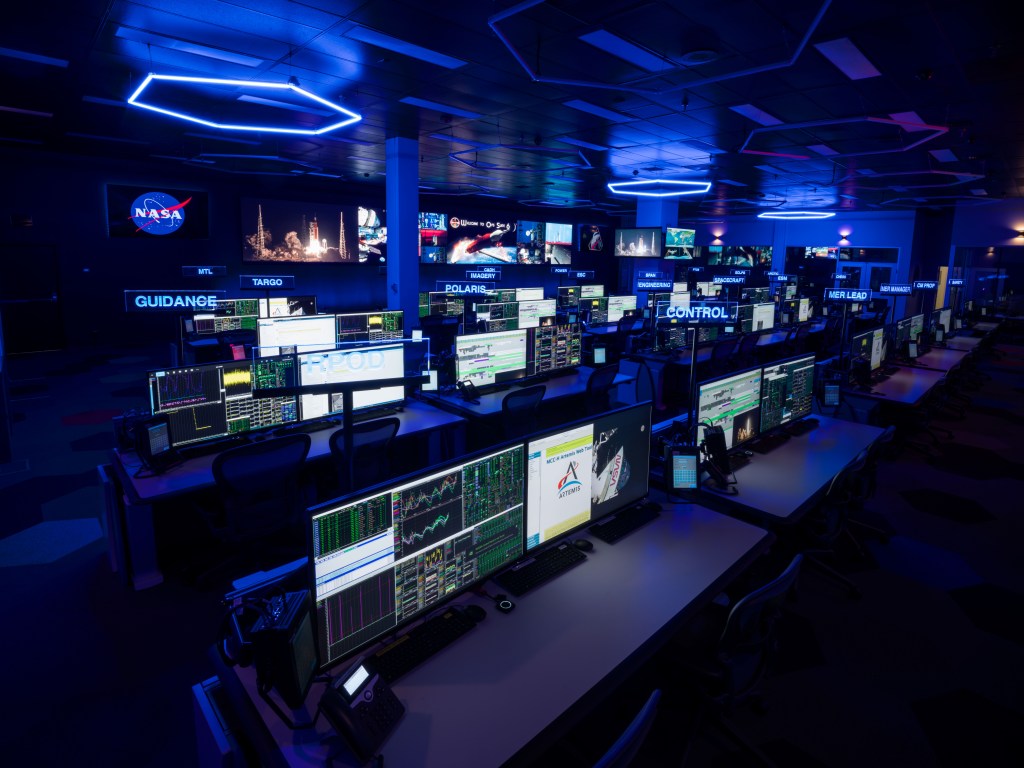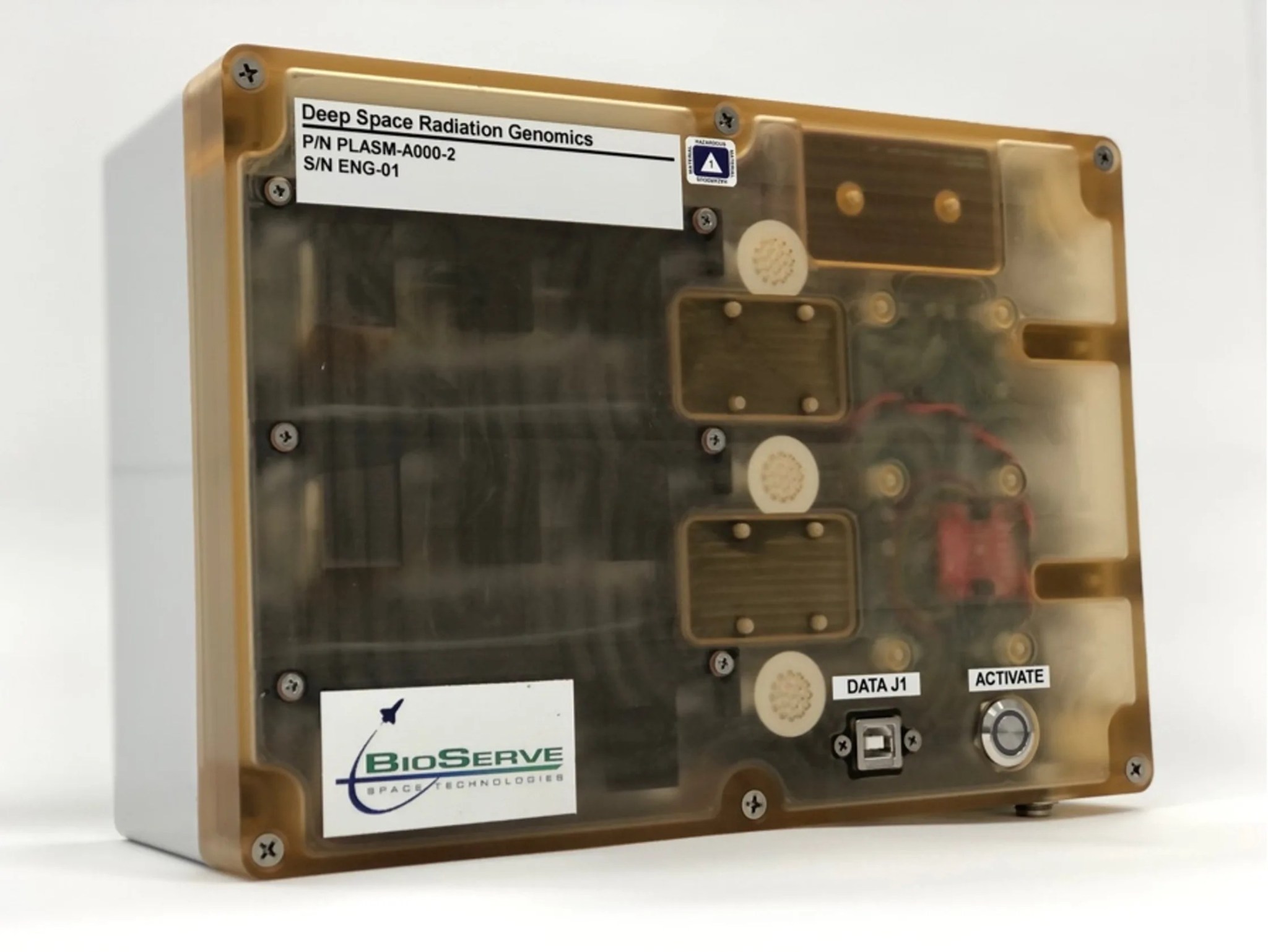Deep Space Radiation Genomics (DSRG)
Science Objectives
The Deep Space Radiation Genomics (DSRG) [LJ(DAI1] investigation will pioneer scientific discovery by correlating which yeast Saccharomyces cerevisiae genes provide cells with a higher probability of survival with the types and doses of radiation experienced beyond Earth’s protective magnetosphere.
Status
Scheduled to launch as part of Biological Experiment-01 (BioExpt-01) aboard the Artemis I Orion Multi-Purpose Crew Vehicle for lunar orbit.
Experiment Description
The goal of this investigation is to identify the metabolic and genomic pathways affected by microgravity, space radiation, and a combination thereof. These observations will then be used to inform pathway-specific and gene-specific approaches designed to ameliorate the detrimental effects of long-term radiation exposure.
Space Applications
Understanding which genes provide cells with an increased probability of survival in the microgravity and radiation environment experienced in deep space, as well as which DNA repair mechanisms are most effective under these conditions, may provide a baseline for future personalized medicine approaches to mitigate the risks of long-term human space exploration.
Earth Applications
Life on Earth has evolved with gravity as a constant. Studying cells and organisms in microgravity can unmask molecular processes otherwise unobservable on Earth.
Learning more about the impact of radiation on DNA and interrogating DNA repair mechanisms under this unique microgravity+radiation environment may enable us to make new discoveries regarding these processes, which also affect each of us on Earth. This comes from the fact that every day, each of our cells repairs thousands of DNA lesions, and serious health consequence may arise when these repairs don't go well and completely.






































